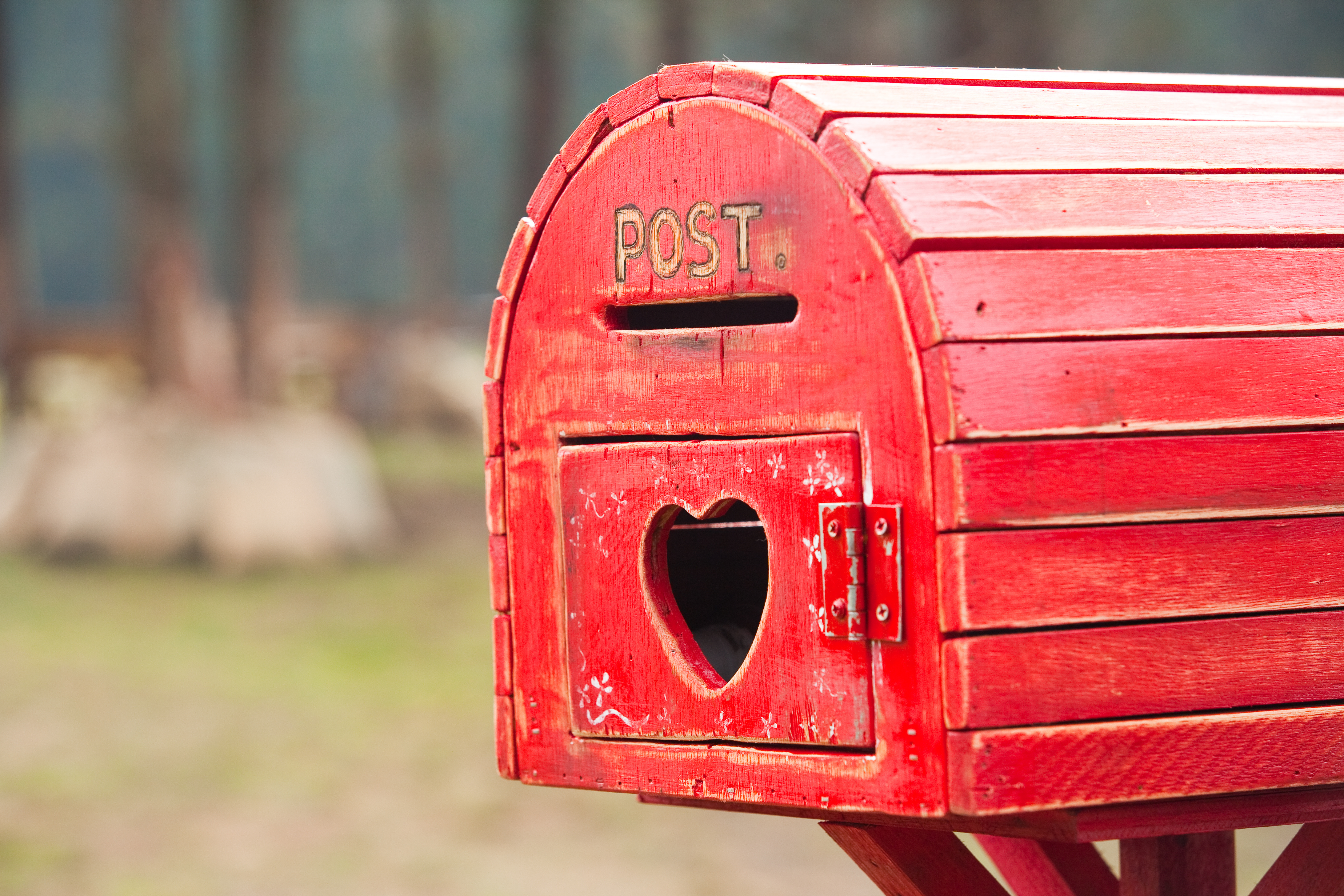It's already 200 years old: the letterbox. The first of its kind were set up in Germany in the 1820s. Later came the fax, later still the e-mail, but the letterbox remained. Unlike in many other areas of life, complete digitalisation is not yet in sight for the postal service.
Lockdown and quarantine as supporting factors
In its "Briefkasten Monitor", the Dresden-based data specialist Spectos conducts an annual survey of Germans' attitudes towards letter post and unaddressed and addressed household advertising. This was particularly exciting in the coronavirus year 2020, when Spectos wanted to know To what extent do isolation and lockdown affect the relevance of letter post as a channel to the outside world?
Of the approximately 2,600 respondents, 23% stated that their letterbox and post had become more important to them during the lockdown. For example, the ability to have prescriptions sent to them without having to visit the doctor was important. The same applies to the contactless receipt of consignments of goods made possible by the letterbox. Last but not least, going to the letterbox and receiving letters of all kinds was a welcome change in the dreary everyday life caused by the coronavirus.
Advertising leaflets and free advertising journals are popular
The study participants were also asked what they liked to find in their letterboxes. Letters are at the top of the list in all age groups. Advertising leaflets are particularly popular in the 36-45 age group. Almost 40 % of respondents in this age group stated that they particularly enjoy receiving them. Free weekly newspapers are particularly popular in the 65+ age group (33%).
From the letterbox to the shopping basket
So advertising leaflets are already liked. But what happens after they are taken out of the letterbox? Spectos also asked this question. 43% of respondents put addressed advertising mail to one side to leaf through later, 27% of respondents do the same with unaddressed advertising mail. Addressed advertising mail in particular also triggers a whole range of other actions. For example, 17% say they look for more information online, 11% visit the sender's branch and 8% make a purchase. The figures for unaddressed direct mail are 6%, 4% and 3% respectively.
A future without letterboxes? Unimaginable!
"We are conducting the Letterbox Monitor for the third year in a row and have found that letter post and the letterbox are still important to consumers in Germany, despite advancing digitalisation," says Niels Delater, CEO of Spectos. In fact, 90% of participants stated that personal delivery of mail is important to them. Across all age groups, only 6% of respondents in the 36 to 65 age segment can imagine a future without letterboxes. Only in the 18 to 35 age group is this figure higher at 16%.
So here's to the next 200 years, dear letterbox!
More about the Spectos Briefkasten Monitor and the order form for the entire study at: https://www.spectos.com/de/briefkasten-monitor-2020/

